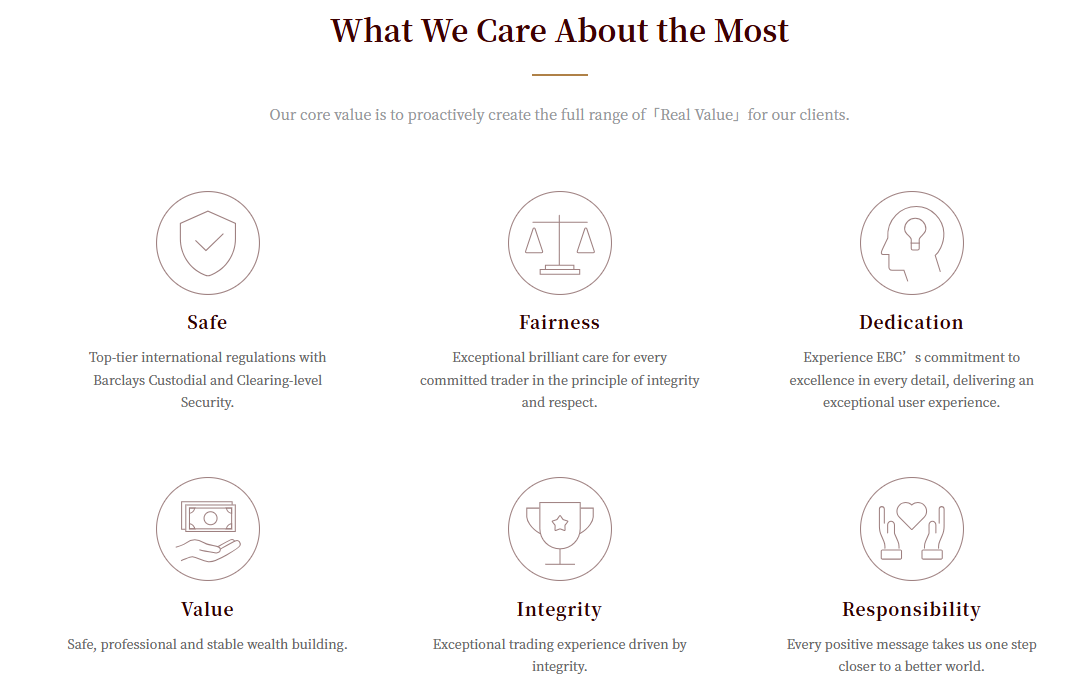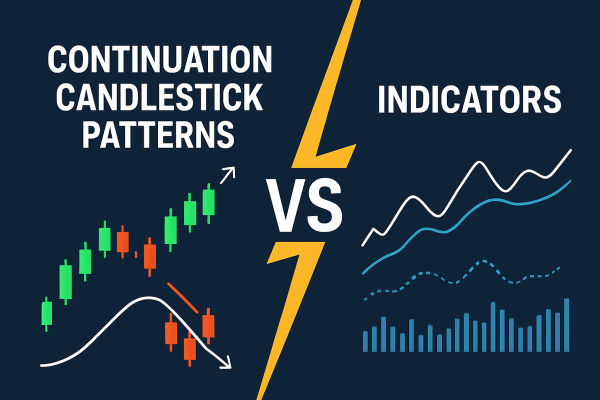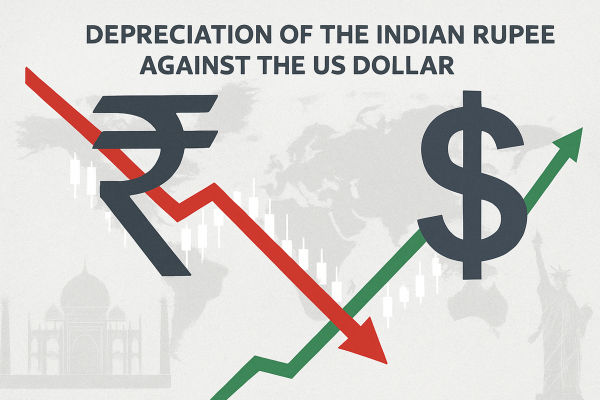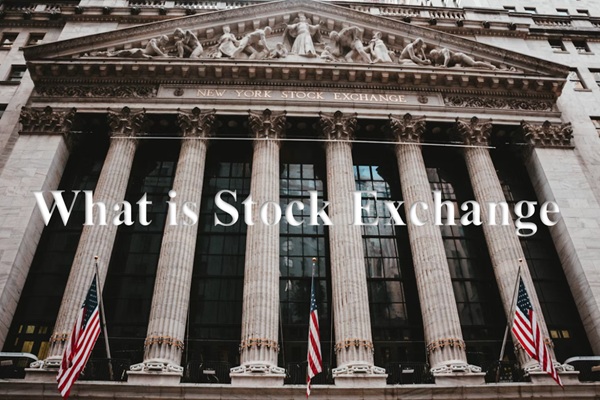In today's digital world, financial freedom has become more than just a dream; it's a personal goal for millions across Southeast Asia and South Asia.
As traditional jobs become less secure and inflation continues to erode savings, individuals in Indonesia, India, and the Philippines are turning to Forex trading as a viable path to take control of their financial futures.
This article explores how you can achieve financial freedom through Forex trading in 2025, including the mindset you need, the tools you should use, and the steps to build a solid, sustainable trading plan.
What Is Financial Freedom and Why Does It Matter?

Financial freedom is the ability to live life on your terms without being dependent on a paycheck.
It means having enough passive or consistent income to cover your lifestyle expenses, allowing you to focus on what truly matters, whether that's spending more time with your family, travelling the world, or simply having peace of mind.
For many in countries like the Philippines, Indonesia, and India, financial freedom isn't about luxury; it's about security, dignity, and opportunity. Forex trading, with its low entry barrier and 24/5 market availability, has become a popular avenue to pursue that freedom.
Why Forex Trading Is the Most Go-to Choice?

Forex (foreign exchange) trading involves buying and selling currency pairs in a decentralised global market. It's the most liquid market in the world, with over $7.5 trillion traded daily as of 2025.
Unlike stock trading, Forex doesn't require a large amount of capital to start. It is particularly appealing to young professionals and working-class individuals in emerging economies like:
Indonesia, where mobile finance apps are on the rise
India, where digital inclusion is accelerating
The Philippines, where remittances and side hustles are common
Forex also offers leverage, which allows traders to control large positions with relatively small investments, although this also increases risk.
Can Forex Trading Really Lead to Financial Freedom?
The answer is yes, but only with discipline, education, and a structured approach. Forex trading is not a get-rich-quick scheme. It's a data-informed, skill-centric activity that demands time for proficiency.
Financial freedom through Forex becomes possible when traders:
Learn to generate consistent profits over time.
Practice risk management to preserve capital.
Create various sources of income, like signal services, affiliate programs, or even handling funds for others, once you gain experience.
Success Stories from Indonesia, India, and the Philippines
Here are some real-world examples of traders who started from humble beginnings and used Forex as a launchpad toward financial independence:
1) Andika Pratama – Indonesia
Andika started trading part-time while working as a logistics coordinator in Jakarta. With no financial background, he educated himself through free YouTube tutorials and practised diligently on demo accounts. Following two years of steady expansion, he developed a plan focused on the volatility of the Asian session.
By 2023, he became a full-time trader and now teaches Indonesian students on Telegram. He's grown his $500 account into a five-figure portfolio. He says:
"Forex gave me freedom—not just financially, but mentally. I control my time now."
2) Priya Sharma – India
Priya, a data analyst from Pune, developed an interest in Forex during the pandemic. She treated trading like a startup, focusing on backtesting and journaling every trade. Her breakthrough came with understanding fundamental analysis, especially how global events impact currencies.
Today, she manages funds for private clients and contributes to Indian finance blogs.
"If you're serious and structured, Forex rewards you. It's not luck—it's discipline," she advises.
3) Carlos Mendoza – Philippines
Carlos was a call centre agent in Manila with no prior trading experience. After losing money to scams, he got serious about learning risk management and psychology. He eventually discovered copy trading and used it to learn from experienced mentors.
In 2025, Carlos runs a YouTube channel that breaks down Forex in Filipino and offers live sessions. He now earns more from trading and mentoring than he ever did at his 9-to-5.
"I didn't come from money or connections. I just didn't quit," he says.
Step-by-Step Guide to Financial Freedom Through Forex Trading

Step 1: Build Your Financial Foundation First
Before diving into trading, you must ensure that your basic financial house is in order. It means:
Paying off high-interest debt
Having an emergency fund (at least 3–6 months of expenses)
Understanding your monthly budget and living costs
You don't want to rely on trading profits for essential bills in the early stages. Approach Forex trading as a business rather than a gambling fix or a rapid answer to financial issues.
Step 2: Get Educated — The Smart Way
Forex education is widely available, but quality varies. Many beginners fall into the trap of joining random Telegram groups or YouTube channels that promise overnight profits. Instead, look for structured, beginner-friendly educational content that offers:
Step-by-step tutorials on chart reading, technical and fundamental analysis
Risk management strategies like stop-loss and lot sizing
Live trading examples and post-trade breakdowns
For serious progress, consider regulated brokers or educational providers such as EBC Financial Group, which offer comprehensive learning paths and demo accounts for hands-on practice.
Step 3: Choose a Trusted Forex Broker

Your broker is your gateway to the market. Choose one that is:
Regulated by trusted financial authorities (FCA, ASIC, CySEC)
Offering MT4/MT5 or proprietary trading platforms
Supporting local deposit methods
Transparent about spreads, leverage, and commissions
Consistently check reviews and steer clear of any broker that promises assured earnings. Real brokers don't pressure you; they empower you.
Step 4: Practice on a Demo Account (But Set a Time Limit)
A demo account lets you trade virtual money in real market conditions. It's ideal for building confidence and testing strategies without any financial risk. However, many stay on demo too long and fail to transition to real trading.
A good rule of thumb is to spend 2–3 months on demo trading while documenting your results. Once you have a dependable strategy in place, begin with a small real account and gradually enhance your investments.
Step 5: Build a Profitable Trading Strategy
There's no one-size-fits-all strategy in Forex. Your ideal trading style depends on your lifestyle, risk tolerance, and personality. Some popular styles include:
Day trading is suitable for full-time traders
Swing trading is best for busy professionals
Scalping is best for quick thinkers with fast internet
Copy trading is a passive option for beginners
In 2025, AI-based tools and automated trading bots are becoming popular, but they still require human oversight. Don't rely 100% on automation and learn the logic behind the trades.
Keep a trading journal to track your wins, losses, and emotions. This self-analysis is key to refining your system over time.
Step 6: Master Risk Management
You can't achieve financial freedom by blowing up your account. Risk management is not optional; it's the backbone of profitable trading.
Key principles include:
Never risk more than 1–2% of your account per trade
Always use stop-loss orders
Avoid over-leveraging
Accept that losses are part of the game
A single bad trade shouldn't wipe out weeks of hard work. Your goal is capital preservation first, then focus on profit.
Step 7: Make Forex Trading a System, Not an Emotion
Discipline separates amateur traders from professionals. Many beginner traders in India, Indonesia, and the Philippines struggle with revenge trading, overtrading, or quitting after a losing streak.
To avoid emotional decision-making:
Create a trading routine with set hours
Stick to a checklist before entering any trade
Use alerts and trading bots to prevent screen addiction
Take regular breaks and avoid trading when tired or emotional
Remember: Forex trading should empower your lifestyle, not control it.
Step 8: Build Multiple Income Streams Through Forex
As you grow in confidence, explore ways to expand your income:
Offer mentoring or education in your local language
Join affiliate programs from your broker
Build a trading community on TikTok, Telegram, or YouTube
You can go from student to leader, just like Carlos, Priya, or Andika.
Common Challenges Beginner Traders Face
While Forex trading is accessible, traders in these countries often face unique hurdles such as:
Limited access to international brokers due to regulation or payment gateway issues
Poor internet connectivity in rural areas is affecting live trading
Language barriers, especially with technical education content
Scams and fake trading apps, which are sadly on the rise
The answer is to remain updated, utilise only authorised brokers, and steer clear of unrealistic offers. Join online forums and verified social communities to learn from real traders in your region.
Frequently Asked Questions
1. Is Forex Trading a Reliable Way to Achieve Financial Freedom?
Answer:
Yes, Forex trading can be a reliable path to financial freedom when approached professionally. With proper education, disciplined risk management, and a consistent trading strategy, many traders in countries like India, Indonesia, and the Philippines are generating sustainable income from Forex.
2. How Much Money Do I Need to Start Forex Trading?
Answer:
You can start Forex trading with as little as $50 to $100, depending on your broker. However, a starting capital of $200 to $500 is more practical for learning real-market conditions while managing risk effectively.
3. Can I Trade Forex Part-Time While Working a Full-Time Job?
Answer:
Absolutely. Many successful traders begin part-time. Swing trading or copy trading is ideal for full-time workers in cities who want to build skills while keeping their current job.
Conclusion
In conclusion, Forex trading isn't for everyone. It requires patience, emotional control, and a commitment to ongoing learning. However, if you approach it as a business rather than a game, it has the potential to become one of the most effective instruments for achieving financial freedom in 2025.
The journey may be long, but with each trade, each lesson, and each step forward, you move closer to a life of financial control and freedom.
Disclaimer: This material is for general information purposes only and is not intended as (and should not be considered to be) financial, investment or other advice on which reliance should be placed. No opinion given in the material constitutes a recommendation by EBC or the author that any particular investment, security, transaction or investment strategy is suitable for any specific person.










